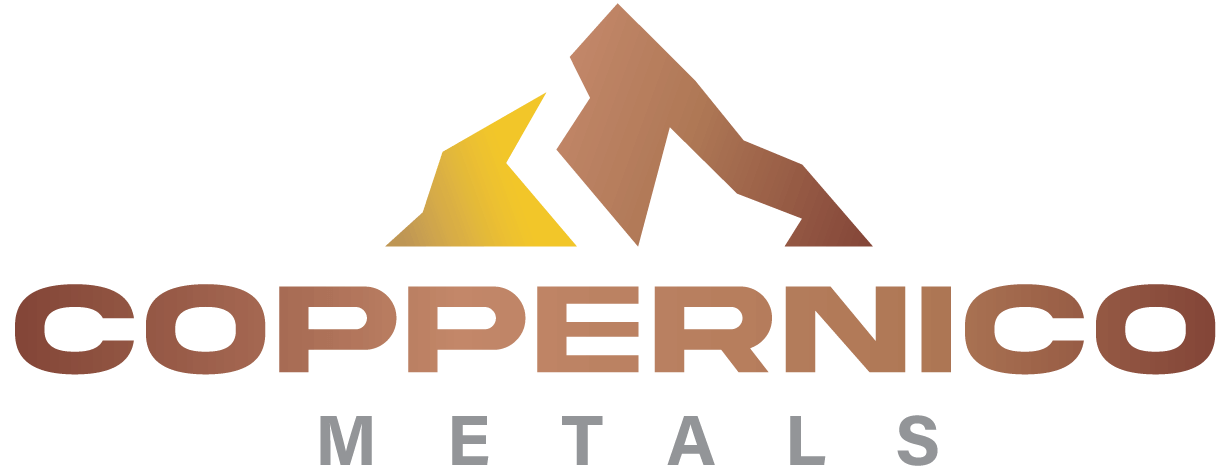A Mining Investors’ CSR Checklist by Brandon Munro
A Mining Investors’ CSR Checklist by Brandon Munro
No matter the stage of a mining project, it is important that company management have a handle on the political and social landscape within their host community. This includes structuring an effective CSR program that can be used as a strategic tool for the ultimate development and operation of the project.
Naturally, the amount of resources devoted to a CSR program varies dramatically between an early stage explorer and a producer with access to revenue, but nonetheless it is crucial that management has addressed potential project risks and has an idea of how to deal with them as the project develops.
The best way to assess a mining company’s approach to CSR is, of course, to get on the ground, talk to management, visit host communities, see programs in action, etc. But that is far from practical for most investors, in which case a few carefully selected questions can give a reliable idea of whether further enquiry is required.
I recommend asking the following 7 questions. Realise that not many junior companies will have all bases covered – so if they stumble on one or two of these questions it is not necessarily a cause for concern – but it does indicate you should probe a little further.
1) Is there a written CSR plan/strategy?
Committing a plan to writing shows that some level of thought has gone into CSR planning and demonstrates that the company is not purely reactionary. It doesn’t need to be glossy – or even full sentences – but find out if there is something that articulates the corporate thinking on CSR. If the “written strategy” is a template-style community policy full of motherhood statements (or, for instance, references to another company that hasn’t been edited out!) that also tells you something. You can often spot a template by going into the properties section of a file to see who created it and when.
For an example of a sophisticated written strategy, I dug out my original 2009 architecture of Bannerman’s CSR strategy, as it relates to the other operational aspects of the business. As can be seen below, there were a number of policies and documents that were built out from this design – a level of detail appropriate for a company which was (back then) moving through the environmental approval process and undertaking definitive feasibility studies into a large scale project.

2) Can management articulate how much they are spending and on what?
If there is no CSR budget, it is likely that the company has not engaged with CSR as a strategic tool and is simply “going through the motions”. Equally, if the company can’t tell you how that money is being spent/apportioned then there would appear to be a lack of planning or control.
3) How do the company’s CSR projects link with risk?
This is a simple question to ask of any corporate social investment a company is making. If management can’t articulate how spending investors’ money on a particular project will help either mitigate a risk or contribute to a business advantage then, chances are, they are not thinking about CSR from the investors’ perspective. Beware very general responses like “getting the community onside” – you should probe a little deeper and ask how that will be achieved.
4) Is there an assessment/decision making process?
Too often CSR decisions are made for emotive or pragmatic reasons, which may not have any relevance to the business objectives and can, in some instances, be counterproductive. A structured (and written) assessment and decision-making process typically results in investor funding being deployed more strategically.
5) What obligations are imposed on the community?
In most instances, community ownership of projects makes them more successful and a community will value support less if they are not involved in striving for it. Some of the best CSR approaches I have seen require reciprocal community obligations for all projects. The obligations can take the form of project design, part-funding, human resourcing, on-onboarding local people, etc. What is important is that the recipients of the support are expected to deliver on certain obligations, not simply put their hand out.
6) How are projects monitored and evaluated?
For an investor who is accustomed to tracking investments and evaluating allocation decisions, this might seem obvious. But a surprising number of companies simply give and either don’t monitor progress or do so in an ineffective way, such as “dropping by every so often”. Ideally, there should be a reporting structure on progress and the sponsor should have the ability to detect leakage, fraud etc. In the best cases there is a structured post-project evaluation to determine whether the community investment objectives were met and what lessons can be learned.
7) Is there a link with external relations?
It is not always necessary (or desirable) to crow about the help that companies provide their host communities. However, investors – as the provider of the funding deployed into CSR – ought to see how the company is getting the most value out of the kudos generated, whether that be positive positioning in the media, amongst employees, within government or with direct messaging to key stakeholders. If the only people aware of the company’s efforts are the recipients of the support, then there is a problem.
By asking the above questions, investors are not only helping to understand a company’s risk profile and management competency, but they are also sending a message to management teams that expenditure of investors’ money on CSR should be undertaken as effectively as possible.
THIS ARTICLE WAS POSTED WITH PERMISSION. ORIGINAL POST CAN BE FOUND HERE




